How to Become a Pilot After 12th in India?
A pilot does not just experience the thrill of flying but also considers the safety of the passengers in the aircraft. They are skilled individuals wi
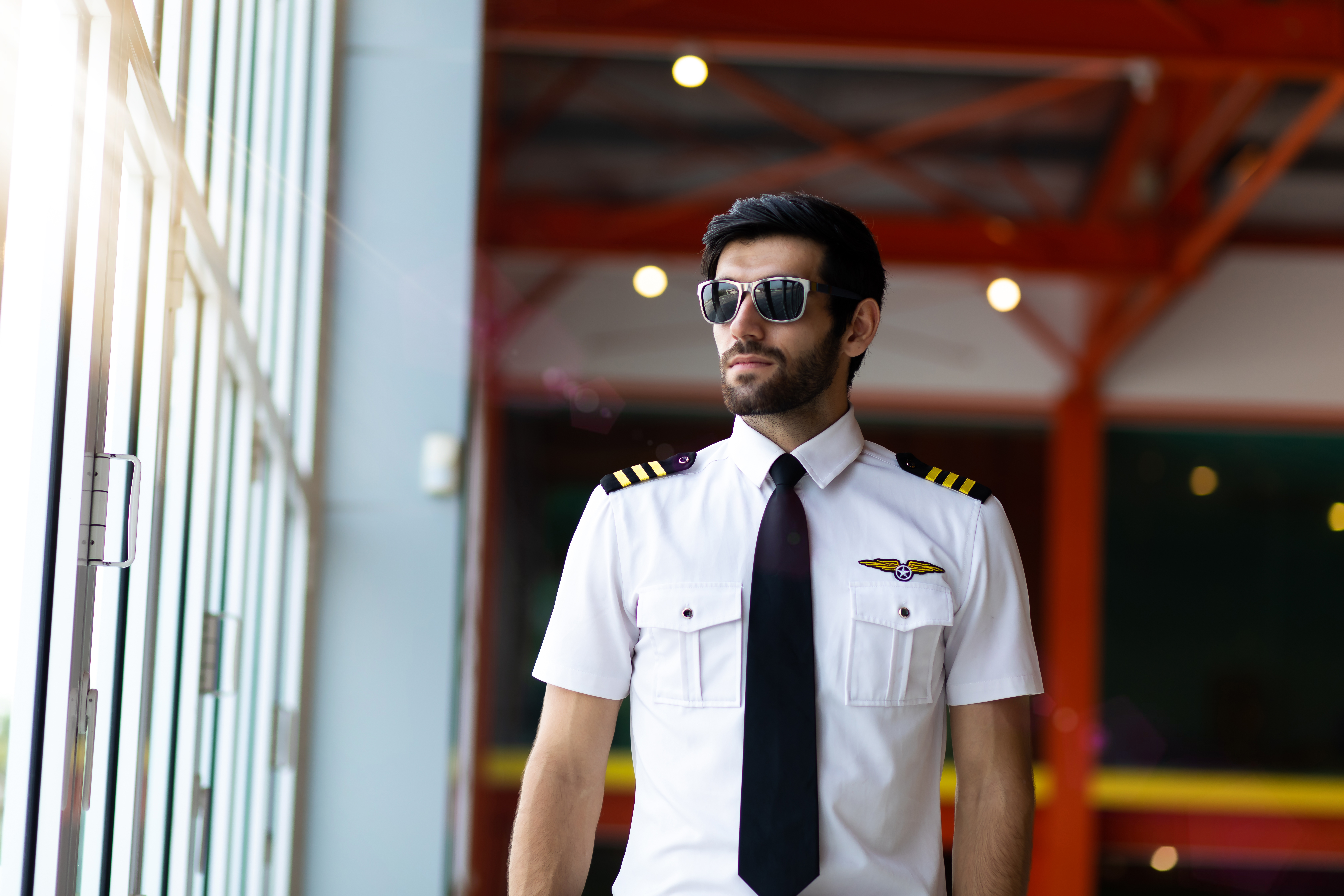
The aviation industry is experiencing rapid growth, not only in India but also worldwide. The primary reason for this is the increased air travel, technological advancements and a growing demand for pilots. For Indian students aspiring to become pilots, an international cadet pilot program offers top-notch training and the opportunity to join reputable airlines. These programs also offer a direct pathway into commercial aviation.
This blog will provide an overview of how Indian students can join international cadet pilot programs, including eligibility criteria, qualifications, top training destinations, preparation tips, and more.

It is an ideal training scheme provided by commercial airlines. These programs train students to become commercial pilots. Cadet programs have a structured syllabus aligning the cadet’s skills with the hiring standards of the airline. Cadet programs encompass ground school theory, meteorology, air navigation, and other subjects, along with flight training, simulator training, and type rating certification.
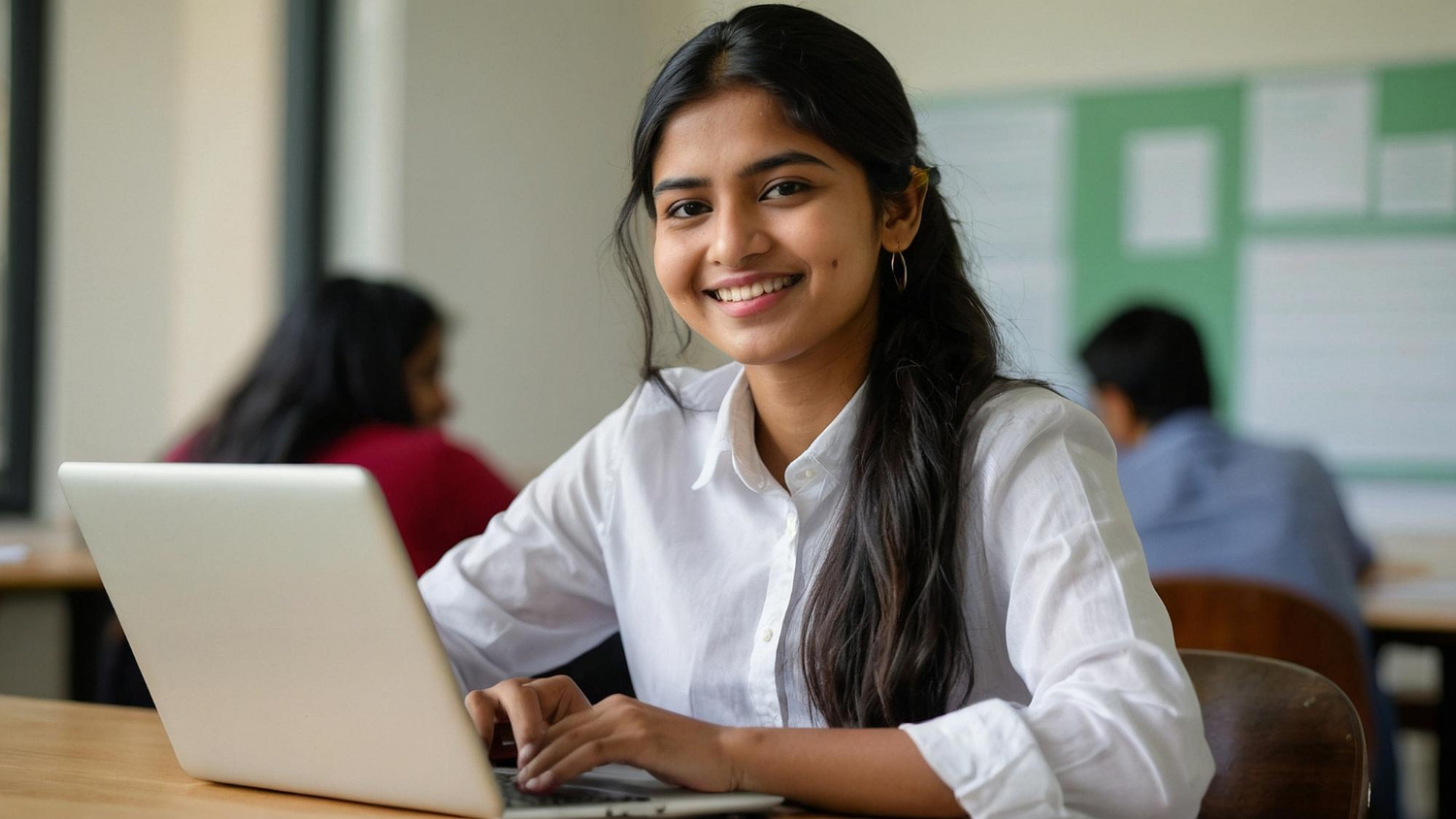
The Indian Aviation industry is booming, and this trend is expected to continue in the near future as well. But, having said that, there is no denying that India has a limited training infrastructure and high competition; many Indian aspirants explore abroad for superior training facilities and a faster route into the aviation industry. Here are some reasons to choose international cadet programs for Indian students:
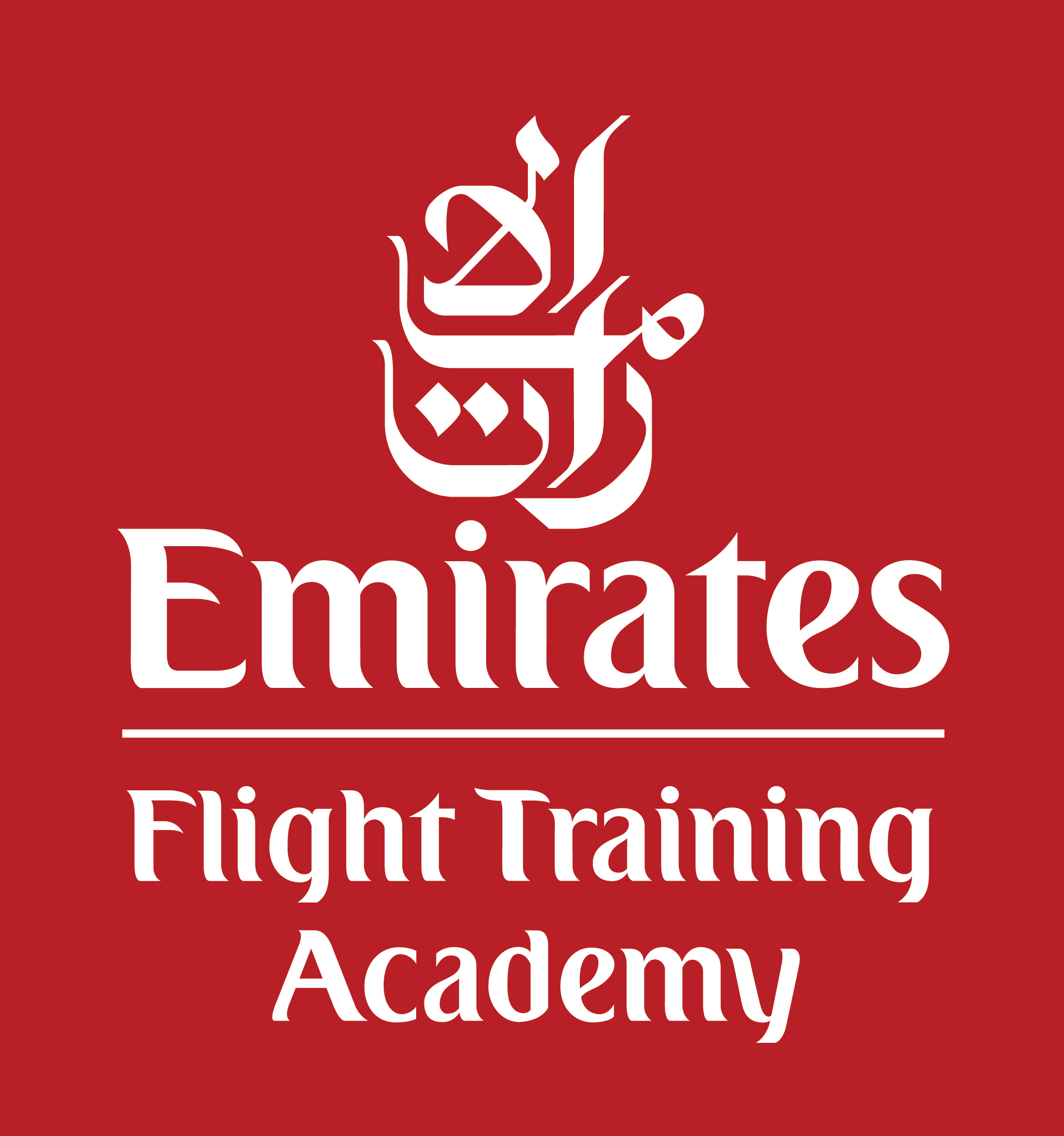
It is open to international students. Based in South Dubai, near Al Maktoum International Airport. The program comprises ATPL theory and practical flying on Cirrus SR22 and Phenom 100EV jets.
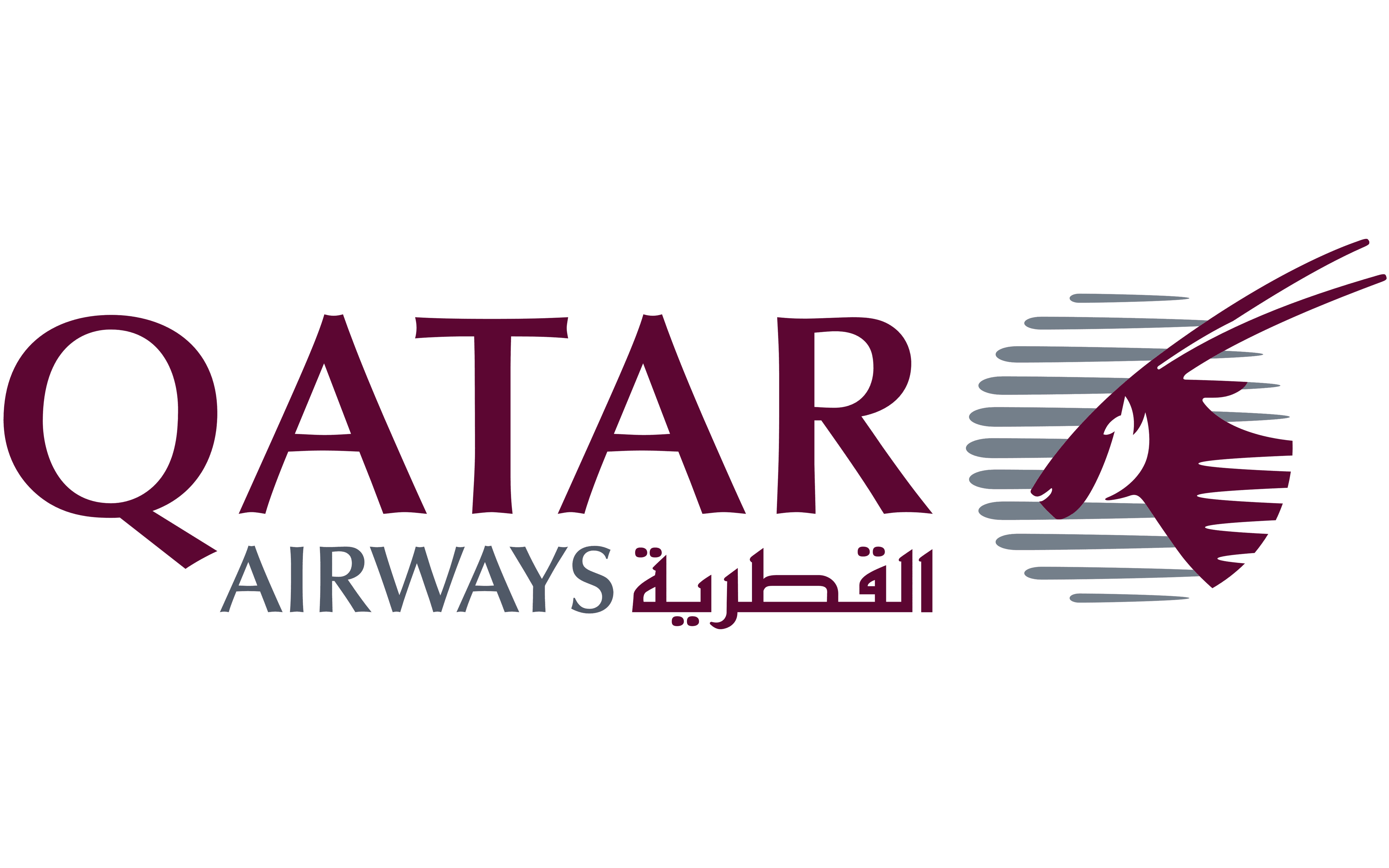
This program, directed in partnership with Qatar Aeronautical Academy, focuses on developing first officers for Qatar Airways.

IndiGo offers several cadet pilot pathways in collaboration with international flight schools, including CAE and Skyborne (U.S.A.). Each pathway provides a combination of FAA and DGCA training, culminating in an Airbus A320 type rating.
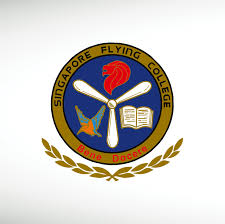
It is chosen by students who look to fly for Singapore Airlines or Scoot; this program offers CAAS licensing and type rating for Airbus A320.

Each cadet program has its requirements, but most international cadet programs have the following eligibility:
Age:17-30 years
Education: 10+2 with minimum marks in Math, Physics and English. Some programs require graduation.
Medical Fitness: A valid DGCA Class 1 Medical Certificate
English Language Proficiency: IELTS, TOEFL, or other certifications
Passport and Visa: A valid Indian passport and student visa
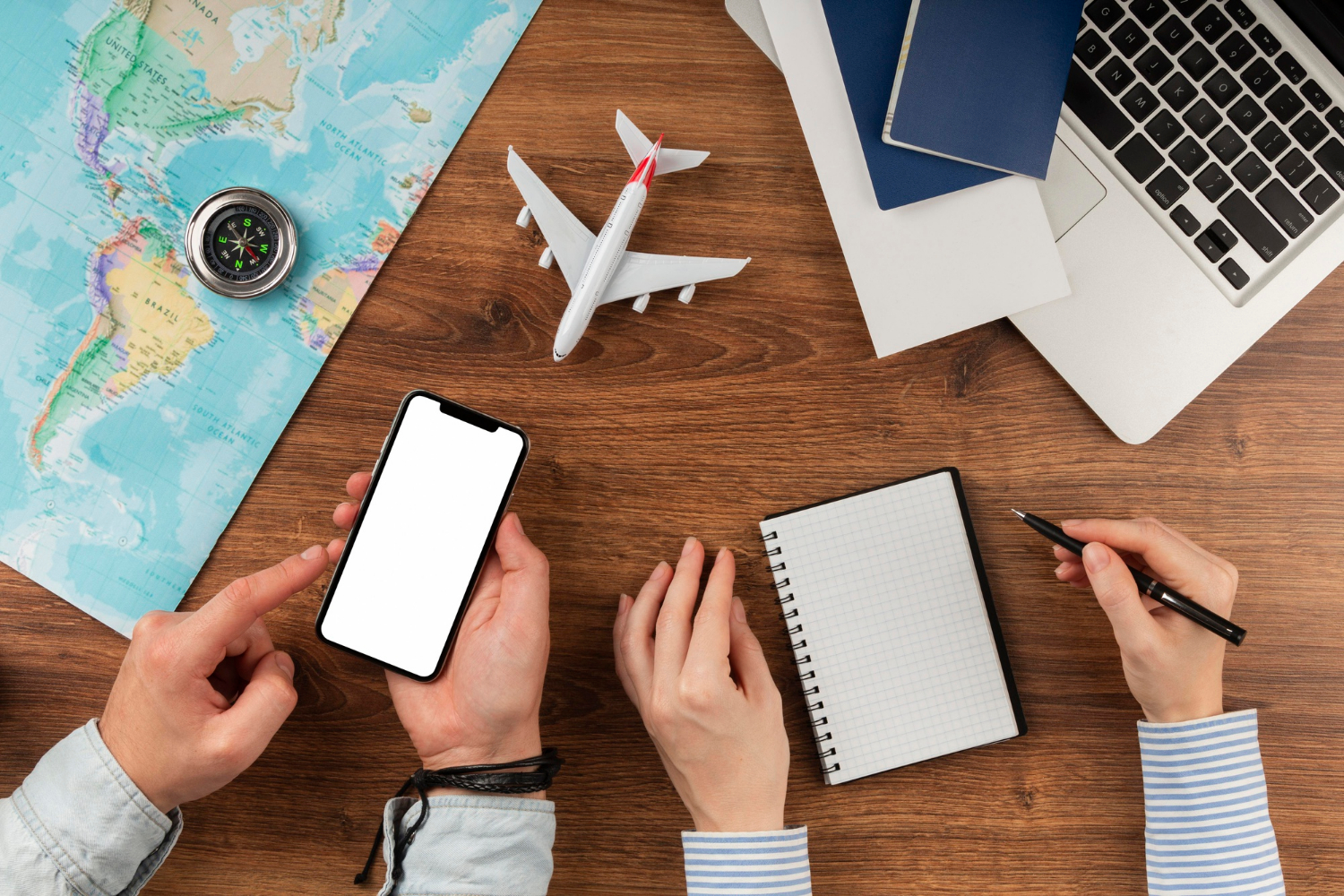
A cadet pilot follows a structured licensing path that generally consists of these stages:
Ground School
This stage covers Air Law, Meteorology,
Human Performance, Navigation, and Flight Planning.
Flight Training
This involves practical flight training
to earn a Private Pilot's License (PPL), followed by a Commercial Pilot License (CPL) with an Instrument Rating.
Type Rating
This involves specialized training on
simulators and various aircraft. This ensures that a pilot can meet the
different requirements needed to operate different aircraft
Line Training and Job Placement
After completing the type rating, cadets either join the sponsoring airline or
apply to other airlines for employment.

Cadet pilot programs can be significantly costly. The cost depends on the country, academy and training offered:
Some programs are partially or fully sponsored, but they are highly competitive. Students should plan their finances for the expenses incurred during an International Cadet Program.

Start Early
If one wants to become a pilot in India and is still in school, they should focus on Maths, Physics, and English. Some programs need a minimum percentage in these subjects.
Focus on English Fluency
Most cadet programs require IELTS. One should improve one's communication and comprehension skills, particularly in aviation-related terminology.
Get a Medical Test Done Early
A DGCA Class 1 Medical Certificate is compulsory before enrollment. One should get it from an approved medical examiner.
Research Programs Thoroughly
Understand the curriculum, type rating and employment guarantee of each program. One should always check the reviews posted by the alumni before entering a training school.
Prepare for Tests
Entry to most international pilot cadet programs is contingent upon passing various tests, including psychometric evaluations, aptitude tests, interviews, and simulator assessments. So, one should prepare thoroughly to ace all these tests and evaluations.
Stay Updated with DGCA Rules
If one wants to convert a foreign pilot license into a DGCA license, understanding the relevant regulations is a must, as different countries have different rules pertaining to aviation.
Consider Loan Options
Many Indian banks offer education loans for aviation studies, primarily for programs that offer job guarantees. So, it is always better to check out some loan options.

According to Boeing’s 2023 Pilot & Technician Outlook, the world will require more than 649,000 new pilots by 2042, with the Asia-Pacific (APAC) region needing over 200,000 of them. India is expected to require more than 17,000 pilots by 2030, according to the Ministry of Civil Aviation.
Following the pandemic, airlines such as Air India, IndiGo, and Akasa Air are undergoing fleet expansions. So, there is an increasing need for pilots and other aviation professionals.
Entering an international Pilot Cadet Program to become a commercial pilot is a thrill in itself. The aviation industry presents numerous opportunities for Indian students and cadet programs are perfect to meet this purpose. With the right preparation, monetary planning and determination, Indian students can join cadet programs with global airlines. With the growing aviation sector, Indian aspirants can aim high and enroll in a cadet pilot program.
If, as an Indian aspirant, you also want to be a part of an International Pilot Cadet Program, proper preparation is needed. For this, you can always come to us at Flapone Aviation. Our experienced instructors will help you secure a berth in your favourite International Pilot Cadet Program. So, don’t think too much before starting your journey with us.
Connect with our aviation mentors to find the right path toward becoming a licensed aircraft pilot.